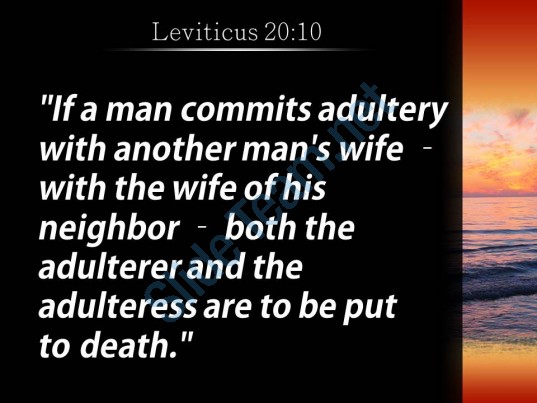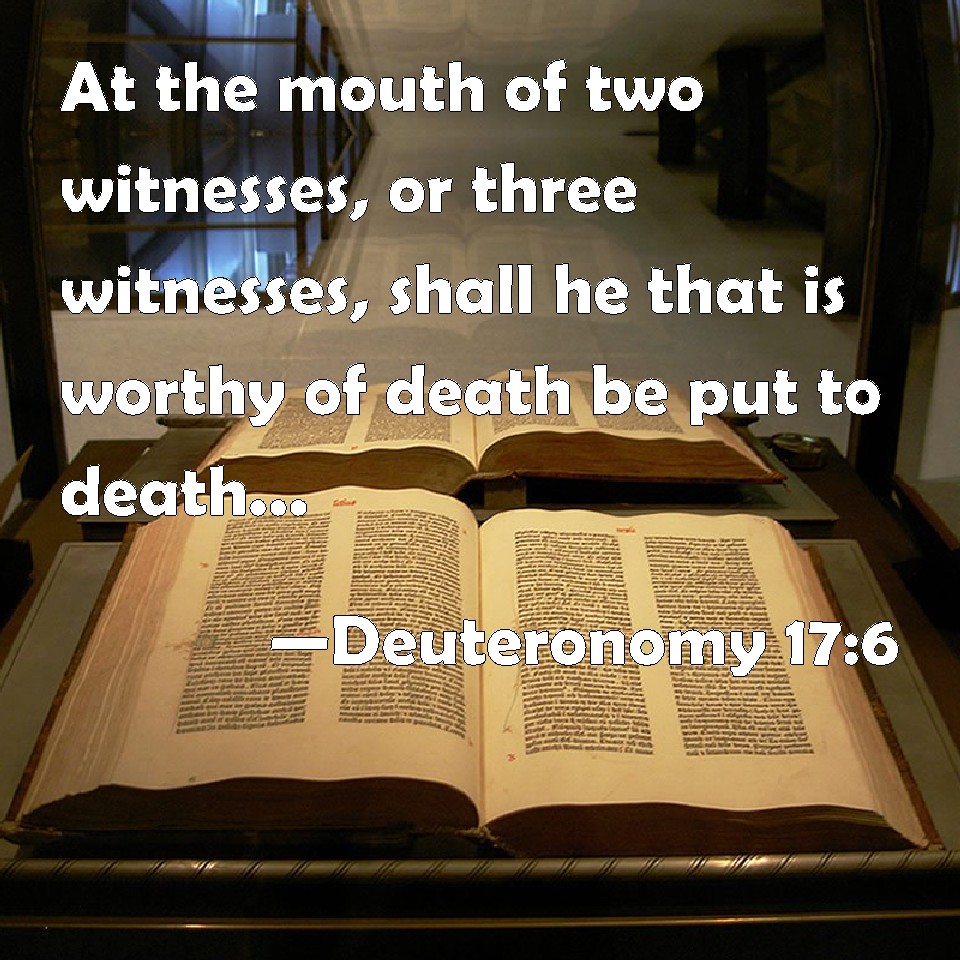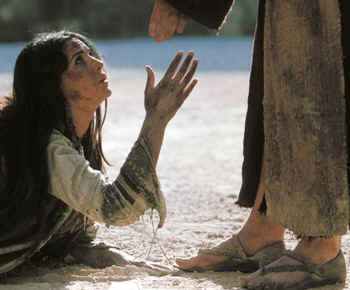Tom Neal presently serves as Academic Dean and Professor of Spiritual Theology at Notre Dame Seminary in New Orleans. At one point, he had the opportunity to work at Gift of Peace, a Missionaries of Charity home in Washington, D.C. for homeless men and women in the latter stages of HIV/AIDS. He wrote about this experience: 
Having up to that point in my life only known of the world of small town New England, college life in Tallahassee and graduate school in Maryland, being thrust into the lives of people who had lived lives of unimaginable tragedy was for me a terribly strong dose of jarring reality therapy.
Neal relates a story about a woman with HIV/AIDS who lived on the streets and worked as a prostitute for years. The woman landed in the center and was ministered to. After a long and difficult struggle, she asked to be baptized and received into the faith. Tom recalls:
One day, when the woman was still preparing for baptism, she asked one of the Sisters why God had looked on all those years and done nothing to intervene while she, as a child and young woman, suffered terrible injustices at the hands of others.
The Sister to whom she posed this shattering question, said to this woman: “Why don’t you ask Him yourself?” and then walked the woman over to the Chapel. The woman remained in the Chapel for at least two hours, crying loudly for stretches of time. Afterward, she went to the Sister and very simply indicated she was ready for baptism. No more questions.
Even though adultery was punishable by death under the Law of Moses, under Roman law, adultery was not a capital crime. Neither Jesus nor the Pharisees could legally have stoned the woman to death for having committed adultery. This was the legal trap the religious leaders placed before Jesus. Obey Jewish Law and call for death, you usurp Roman authority and break Roman law. Follow Roman law and say that the woman cannot be stoned and you say Jewish law isn’t binding.

When it came to punishing the sin of adultery during the time of Christ, two key passages are cited. The first is Leviticus 20:10:
The man who commits adultery with another man’s wife, he who commits adultery with his neighbor’s wife, the adulterer and the adulteress, shall surely be put to death.

The second is Deuteronomy 22:22-24:
If a man is found lying with a woman married to a husband, then both of them shall die—the man that lay with the woman, and the woman; so you shall put away the evil from Israel.
Jesus knew that he was dealing with lawyers and that they had presented him a conundrum in the form of a legal case. They knew the law, but Jesus knew the law as well. He was well aware that this was not about a legal case. Jesus knew this was a way by which they were trying to trap him. But Jesus uses the law against them.
- First, whenever someone was accused or suspected of infidelity, both the man and the woman would be questioned. In today’s story, only the woman is brought forward.
- Second, since this was a legal case, the case was to be brought before competent Judges, not before a crowd of people and certainly not in public.
- Third, the case was heard on sacred ground, in the Temple precincts, specifically in the “Court of the Women” in front of the Necanor Temple Gates which led deeper into the more sacred areas of the Temple. This wasn’t done either.
- Fourth, the priest was required to write the law that had been broken, along with the names of the accused, on parchment. In some cases, if it was not possible to carry out such a legal formality, the priest could write the law and the names anywhere, as long as the marks were not permanent - and the dust of the floor of the Temple was the most common place.

- Fifth, if witnesses could be gathered to confirm that adultery had indeed been committed, then there was a certain ceremony that would be done in order to bring judgment.
- Sixth, the Law required there to be two independent witnesses in a capital case according to Deuteronomy17:6 & 19:15. The chances of catching an adulteress “in the act” are highly unlikely, unless she was set up, and such a setup would make the “witnesses” a party to the event. So if there was suspicion of the honesty or credibility of a witness, that witness was to be brought before the priests and judges for them to “make a thorough inquiry.” If the witness was a false witness, having testified falsely against another, then the false witness was to receive the same punishment that was originally to be applied to the accused. On this case, the false witness was to be stoned. Did you notice, no witnesses were brought forth? This is especially telling since those judging the woman said that she had been “caught in the very act.” Really? By whom?
Thus the woman is accused of “breaking the law” by those responsible for the law. Yet they break six other statutes in trying to trap Jesus, totally ignoring the Law they are so vehement on upholding.  So by writing in the ground, Jesus showed these accusers that although THEY were not keeping the law, He would do so anyway.
So by writing in the ground, Jesus showed these accusers that although THEY were not keeping the law, He would do so anyway.
Jesus did this while the woman was certainly asking her own excruciating questions: Why me? Why now? Am I about to die? Where’s the other guy? Why is no one sticking up for me?
Tom Neal later wrote in his journal about his encounter with the woman prostitute:
She was not persuaded by rational arguments, but gazed on the compassionate Solution who had endured the same evils — a God with us who was, as Peter Kreeft says, off the hook because He was on the hook.
The theodicy means the study of the problem of evil. Theodicy is resolved only in an encounter with a God who suffers and dies and rises with us and for us.Christ is God’s response to our protest against evil. But I now think, even more profound: Christ reveals that our most strident protests against evil are only but a faint echo of God’s own, especially when we’re not getting answers to excruciating questions (Gen.3:13; 4:10; 6:6).
Audio version of homily is here: